Sachsenhausen
In the summer of 1936, SS leader, Heinrich Himmler, was appointed Chief of German Police. Himmler then expanded the number of concentration camps and in the summer of 1936 a new concentration camp in Sachsenhausen, Oranienburg, north of Berlin began to be built by prisoners from the Emsland camps. The camp was built from scratch and, like Dachau outside Munich, became a camp as a symbol of SS power in the new Germany. The proximity to Berlin also gave the camp a special status. Sachsenhausen became a camp where guards and other personnel got both training and experience for new tasks in occupied Europe. Auschwitz commandant, Rudolf Höss, served in Sachsenhausen as the Rapportführer before being transferred to Auschwitz to set up a camp in the spring of 1940.
The camp was built as an equilateral triangle with the barracks grouped symmetrically around an axis with the Kommendantur centrally placed. In front of the Kommendantur was a semicircular roll call Square where the presence of the prisoners was checked. In the early years, it was mainly political prisoners who were imprisoned in Sachsenhausen, but from 1938 an onwards prisoners based on racist motives began to be imprisoned, including Jews, Roma and Salic people, but also homosexuals, prostitutes, criminals and anti-socials (beggars, day-drifters, alcoholics, work-shy). As a result of Kristallnacht in November 1938, Sachsenhausen was one of three camps Jews were inprisoned (the other two were Dachau and Buchenwald). About 6,000 Jews were sent Sachsenhausen following the Kristallnacht.
After the outbreak of war in 1939, foreigners were imprisoned in Sachsenhausen and in 1944, no less than 90 per cent of the prisoners were foreigners. These were mainly used as slave labor in one of the satellite camps established and placed under Sachsenhausen administration. The largest was Klinkerwerk, about two kilometers northeast of the camp, where they manufactured bricks to be used in the construction of the new capital Germania. After the outbreak of war, it was mainly in war-producing industries prisoners were forced to work. Prisoners of war were also sent to Sachsenhausen, and in November 1941 some 18,000 Soviet prisoners of war arrived. They, along with Jews, were the category of prisoners who suffered most in the camp. No less than 13,000 were killed. It was also in Sachsenhausen Norwegian prisoners in block 18 worked to counterfeit English banknotes. These would then, according to Nazi plans, be spread across England to create inflation and seriously damage the British economy.
There were also extensive medical experiments conducted on innocent prisoners in the camp, usually with a fatal outcome. Prisoners were deliberately infected with gangrene, which was later treated with a new antiseptic remedy. Many soldiers of the German army suffered from gangrene hence this experiment. Doctors also tried a new form of ammunition that contained poison. The idea was that if the enemy soldiers did not die from the shot, they would instead die from the infection caused by the gunshot. Therefore, prisoners were deliberately wounded by gunshot so that doctors could follow the course and results of the infection, but it was mainly through starvation, disease, slave labor, beatings that prisoners died in Sachsenhausen. At an existing shooting range just east of the camp SS used as a execution site.
Already in 1939, a small crematorium was built in the camp to cremate dead prisoners. But as the number of dead prisoners increased drastically during the war, the Germans began in 1942 to build a larger facility called Station Z. Not only were there several and larger cremation ovens, but there were also special rooms built for executions.
At the beginning of 1945 there were about 71,000 prisoners in the camp, including satellite camps. The top SS leadership, including the commandant SS-Standartenführer, Anton Kaindl, understood that Sachsenhausen was in danger of being taken over by the Soviet Red Army approaching from the east. In February, about 3,000 prisoners considered dangerous were murdered by the SS. About 13,000 prisoners were sent to Mauthausen and Bergen-Belsen, respectively. On April 21, 1945, the remaining 30,000 prisoners were forced out on a Death March northwest. Thousands of these died or were killed by the SS along the way. On April 22, the camp was liberated by Russian and Polish units. They found about 3,000 prisoners who had been in too poor condition to be evacuated. About 300 who did not survive the liberation were buried in six mass graves on camp site. It is estimated that around 200 000 prisoners were imprisoned in Sachsenhausen between 1936 and 1945. It’s always difficult to estimate the number of deaths, but an estimated 50 000 died in the camp or in one of the satellite camps.
In August 1945, the Soviets established a internment camp for Germans who were nazis or suspected of being nazisympathizers in a part of the former concentration camp. This internment camp was called Special Camp 7 and existed until the spring of 1950 when it was closed. About 12,000 people died during the Soviet period.
Current status: Partly preserved/demolished with museum (1998).
Address: Strasse der Nationen 22, 16515 Oranienburg.
Get there: Car.
Follow up in books: Kogon, Eugen: The Theory and Practice of Hell: The German Concentration Camps and the System Behind Them (2006).
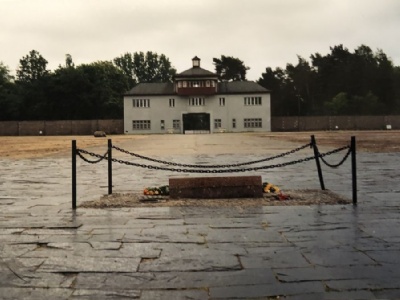
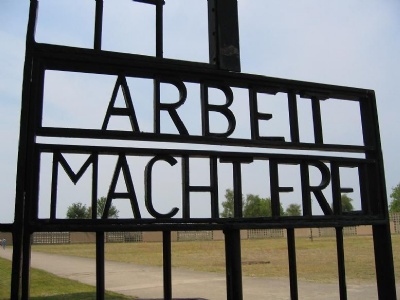
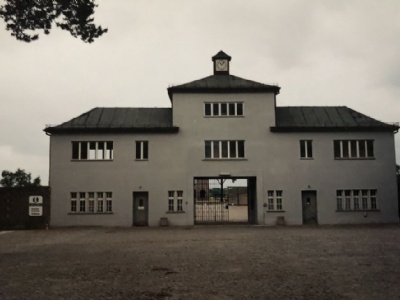
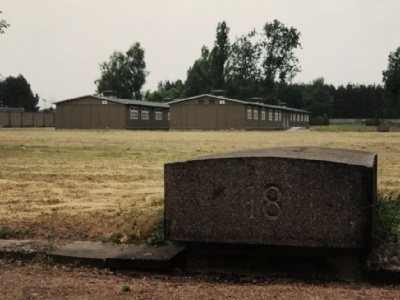
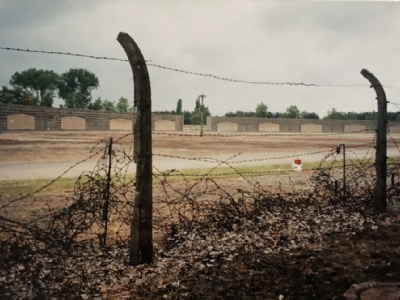
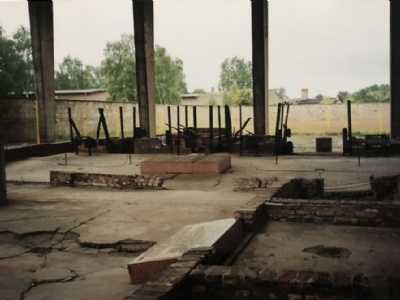
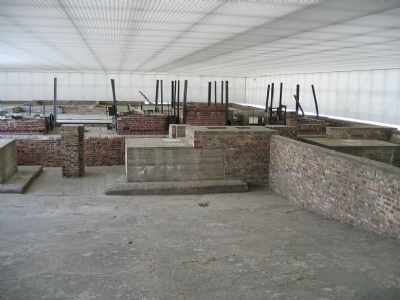
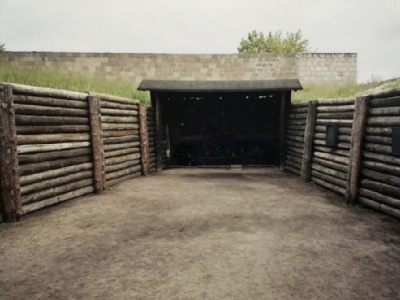
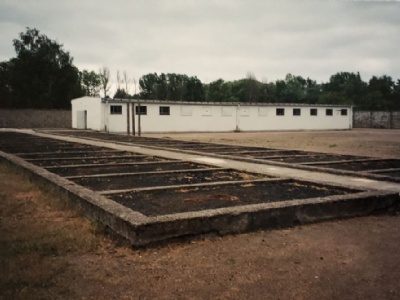
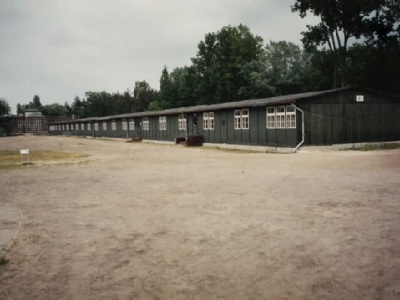
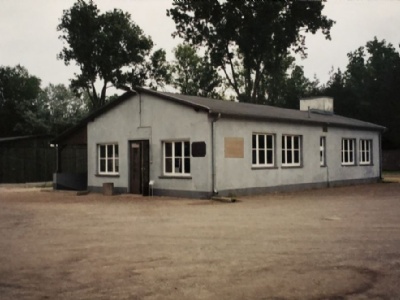
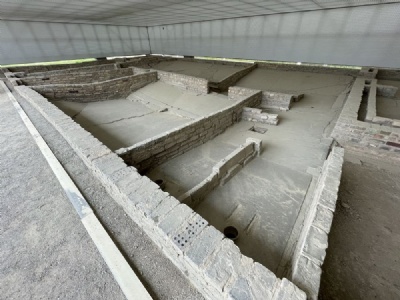
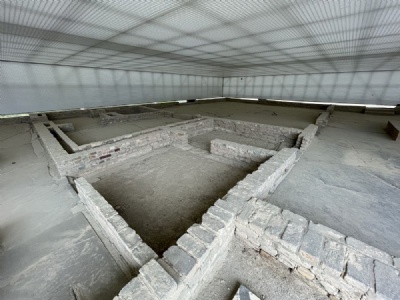
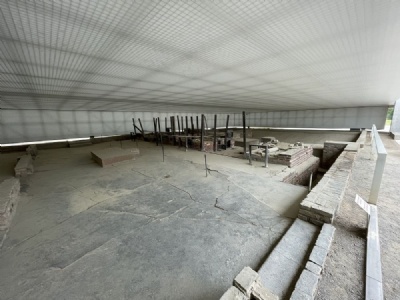
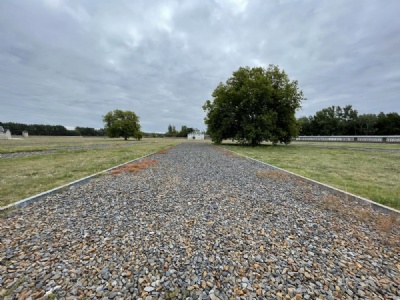
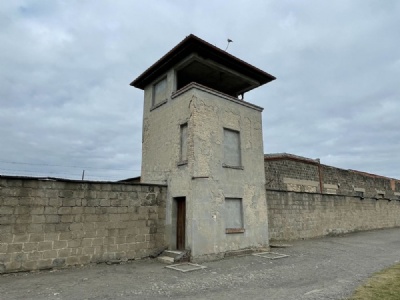
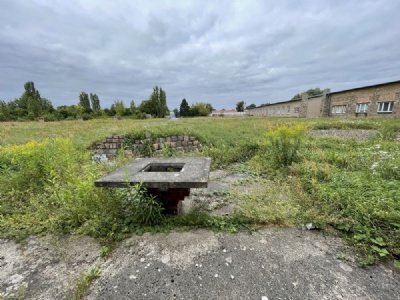
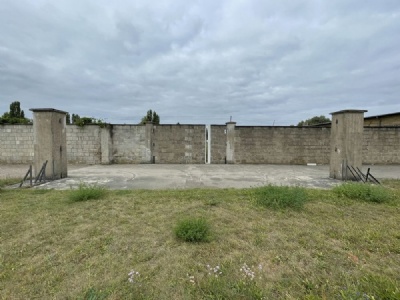
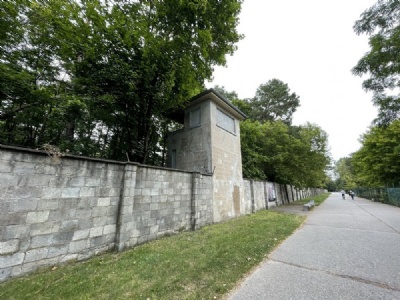
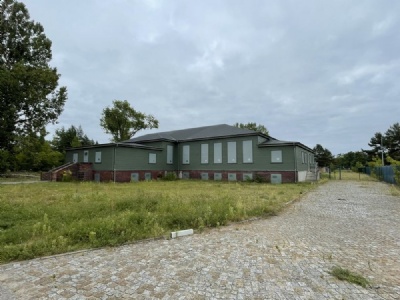
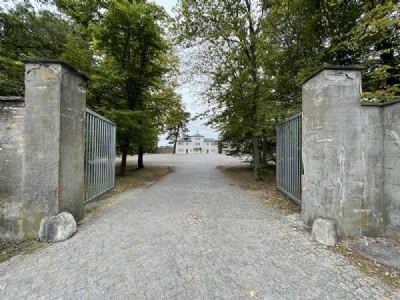
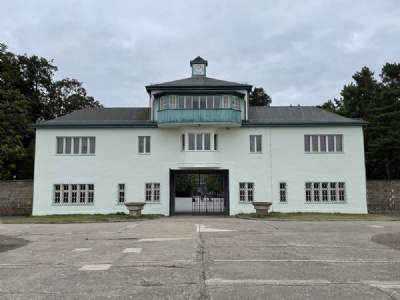
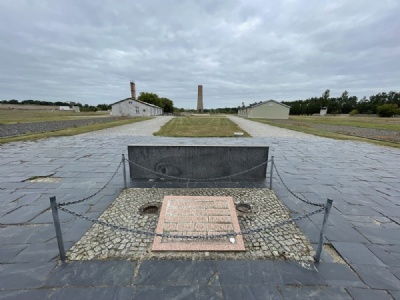
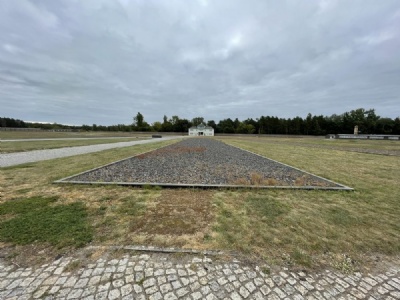
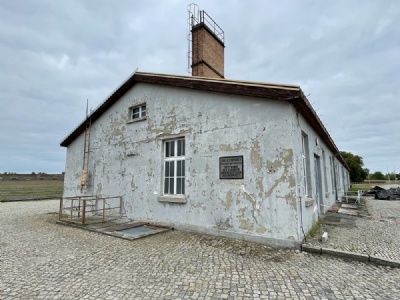
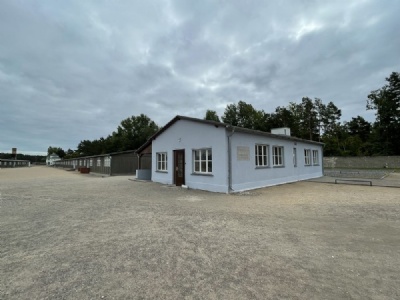
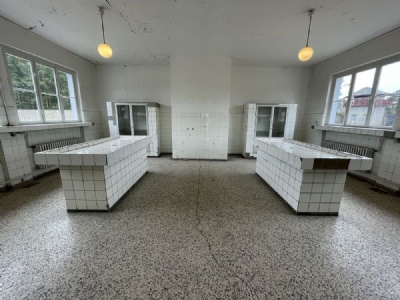
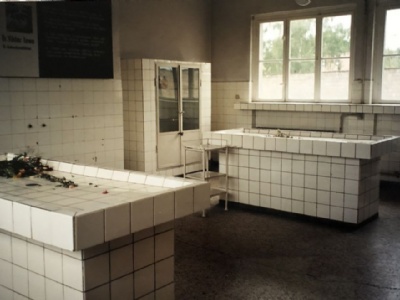
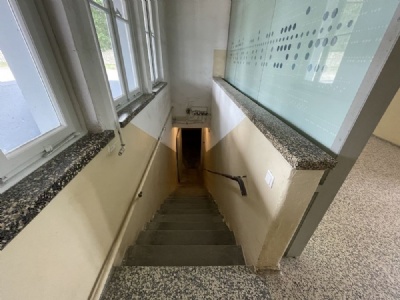
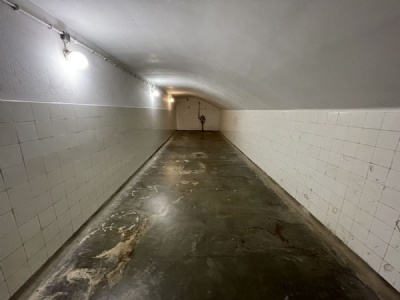
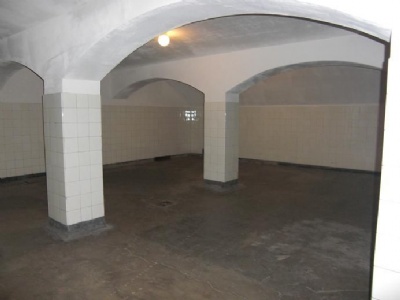
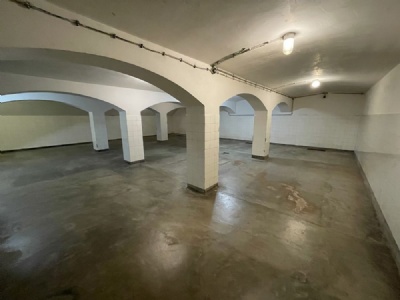
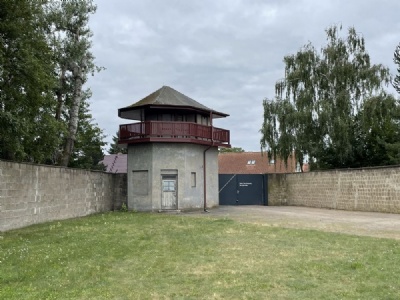
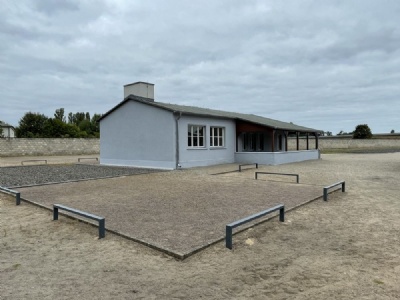
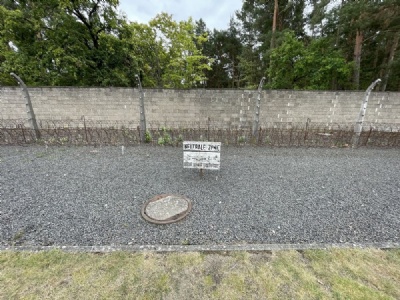
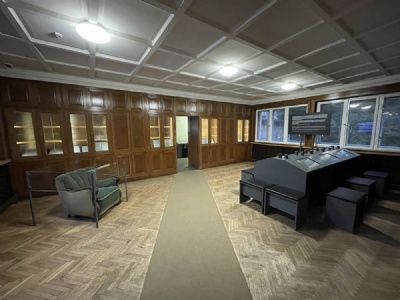
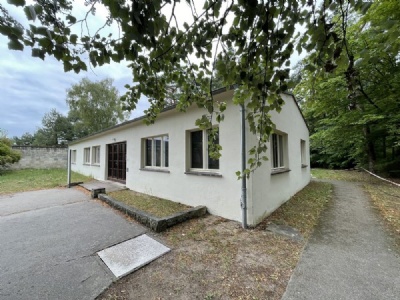
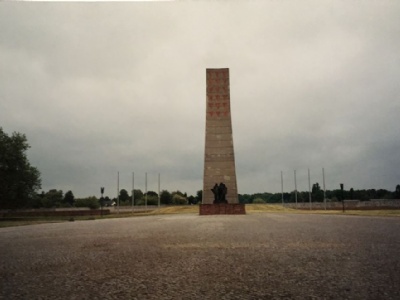
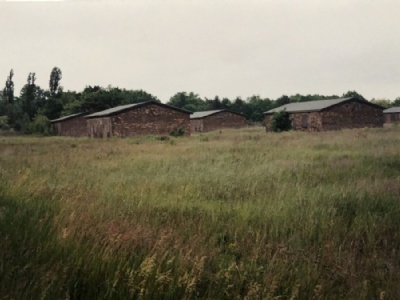
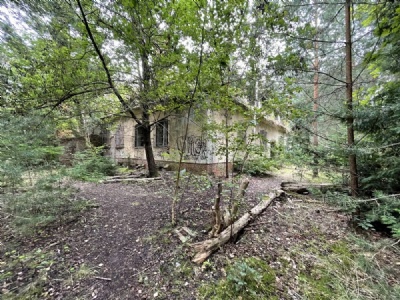
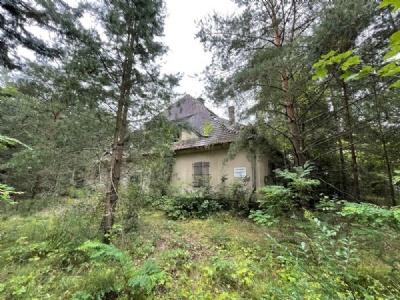
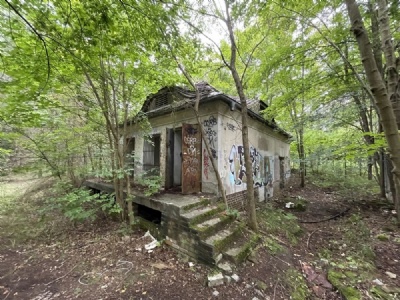
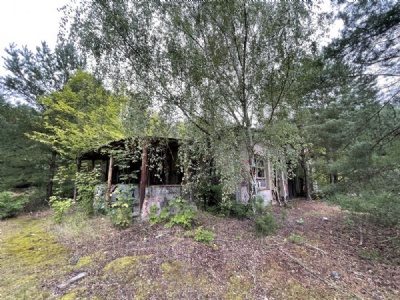
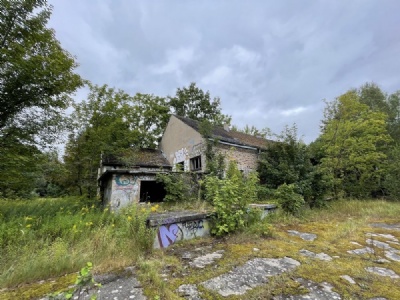
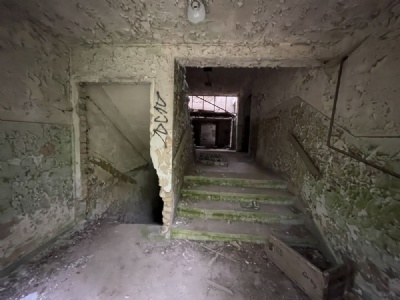
Sachsenhausen is an interesting museum that has undergone changes since my first visit in 1998. Although the camp is mostly destroyed (particularly prisoner huts), there is still much to see, both of what was the prisoner camp and buildings outside the prisoner camp. I remember when I visited the camp’s pathology and the morgue cellar for the first time that that I had an unpleasant feeling, especially when I went down into the cellar all alone. Station Z is also interesting, although I thought it was more exciting in 1998 before it was built in (which is understandable). There is also plenty to see outside the museum. The Inspectorate of the concentration camps, KL, (museum) is nearby, as is Klinkerwerke (information boards), SS shooting range (information boards) and not least SS bakery. An apocalyptic gigantic ruin that hides among the trees and gives one of those horror movie feeling with its trampled fences and access forbidden signs that no one cares about anyway.